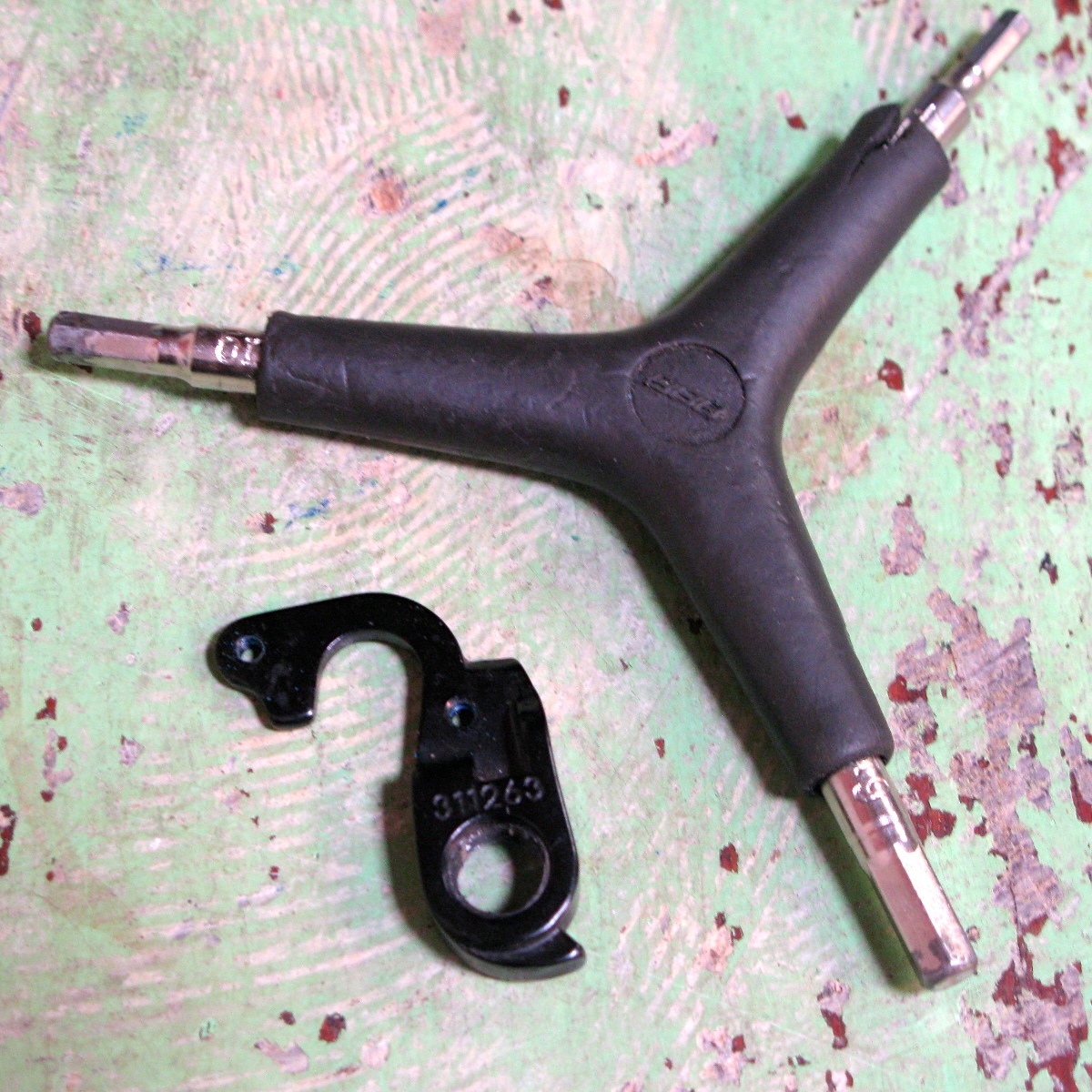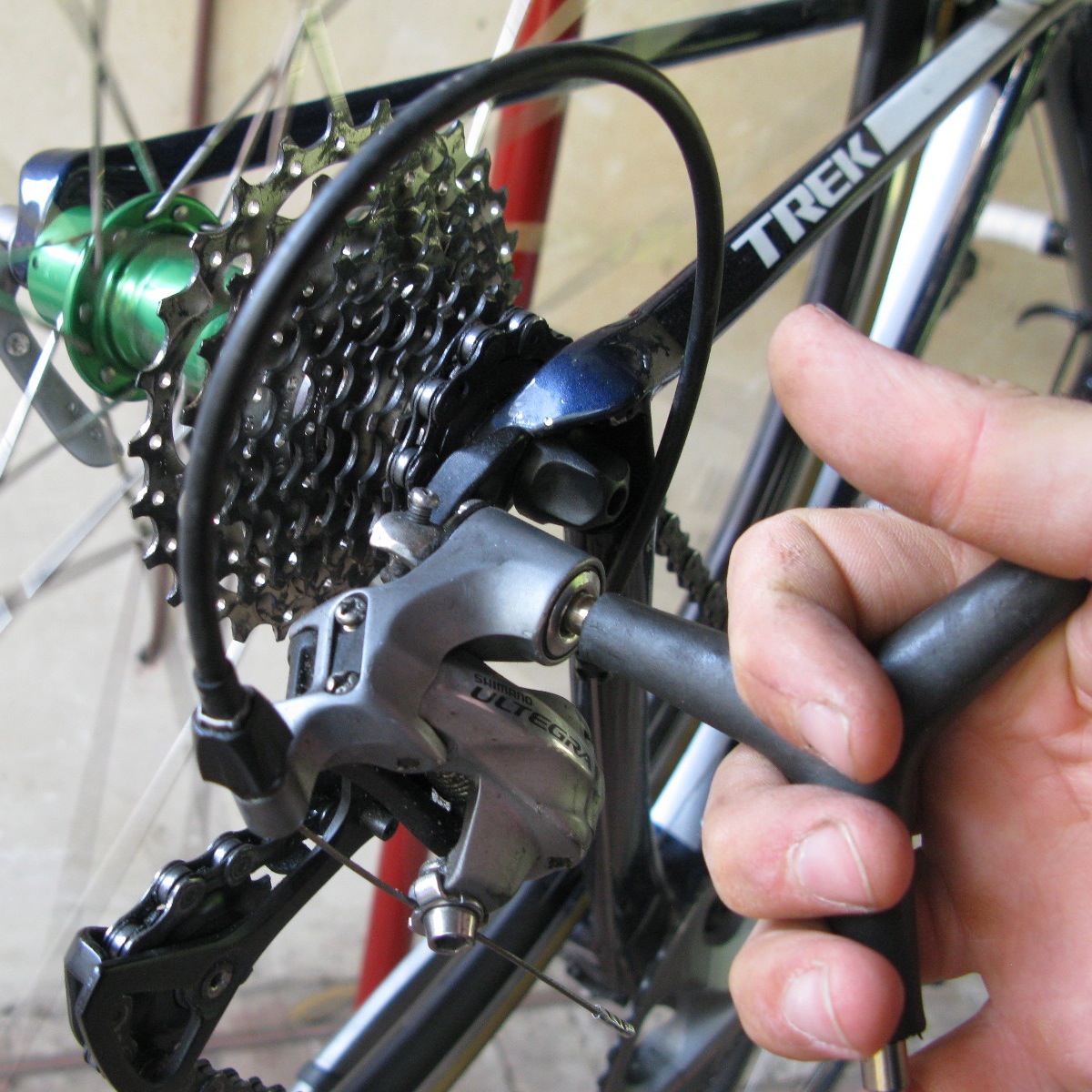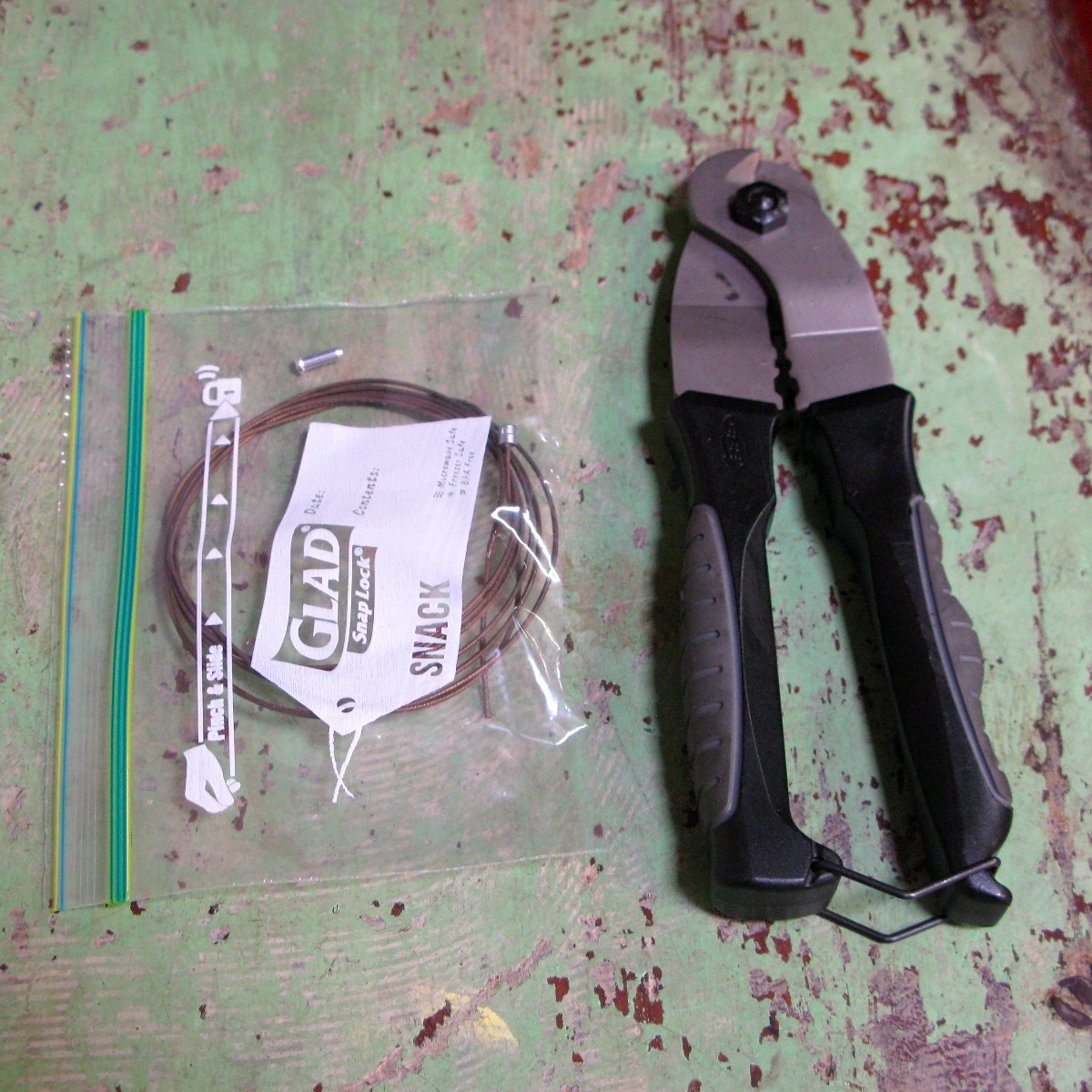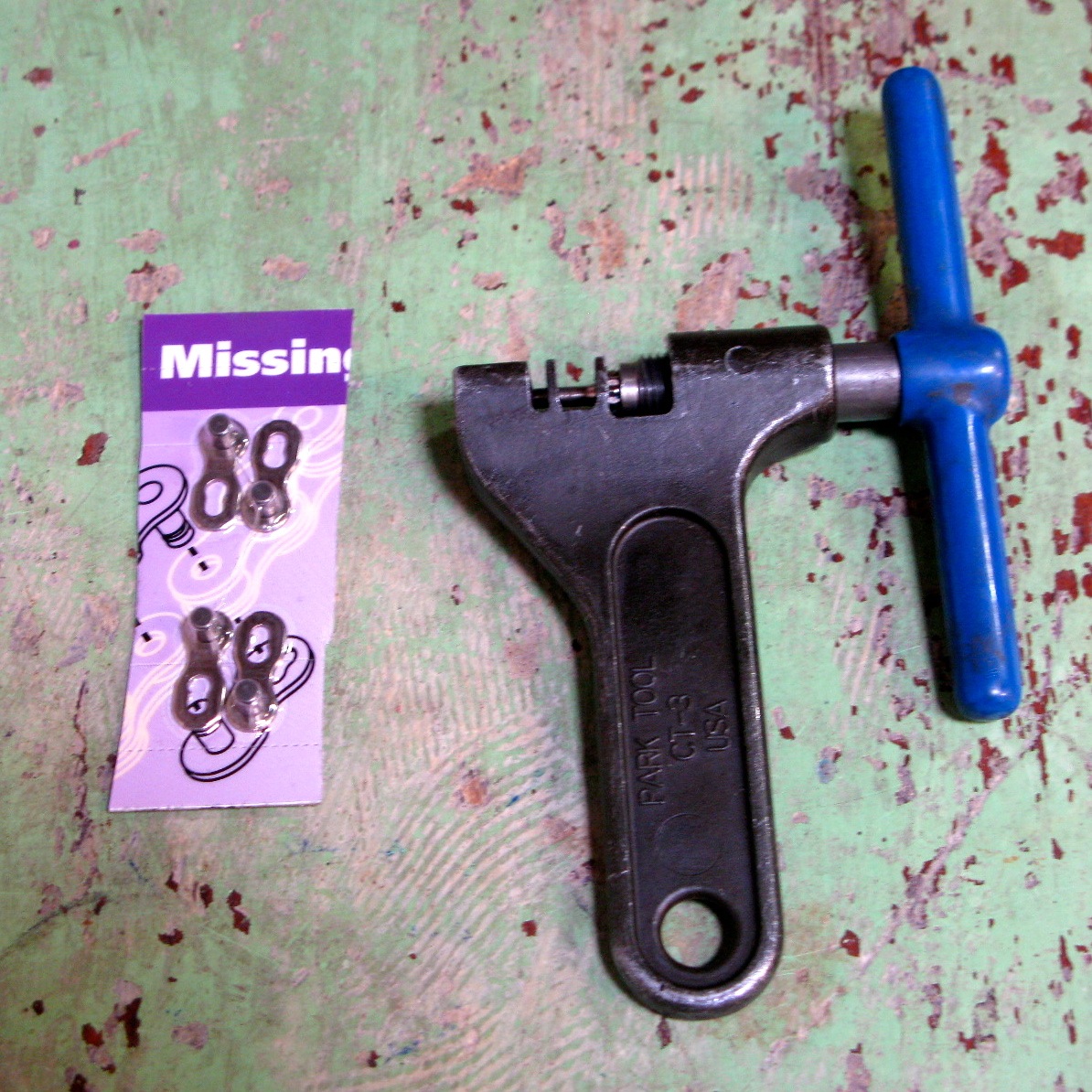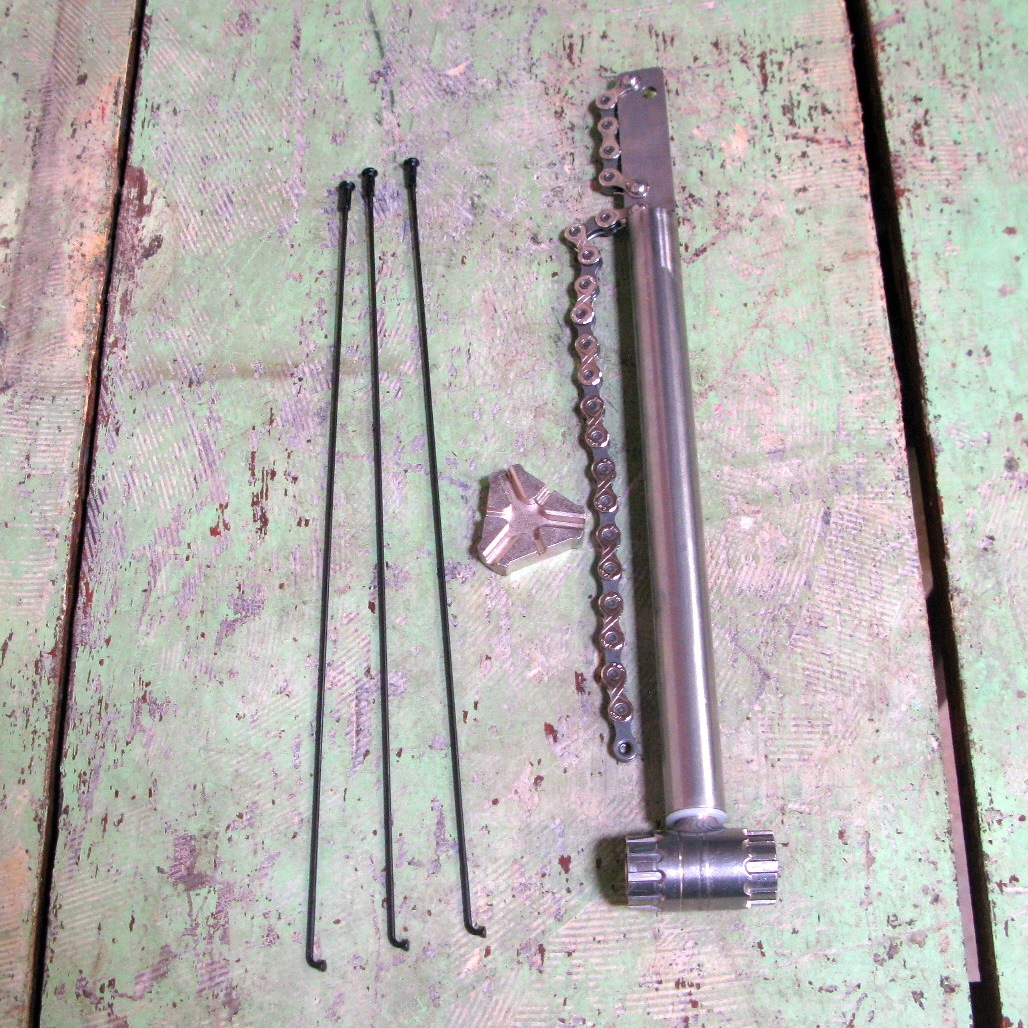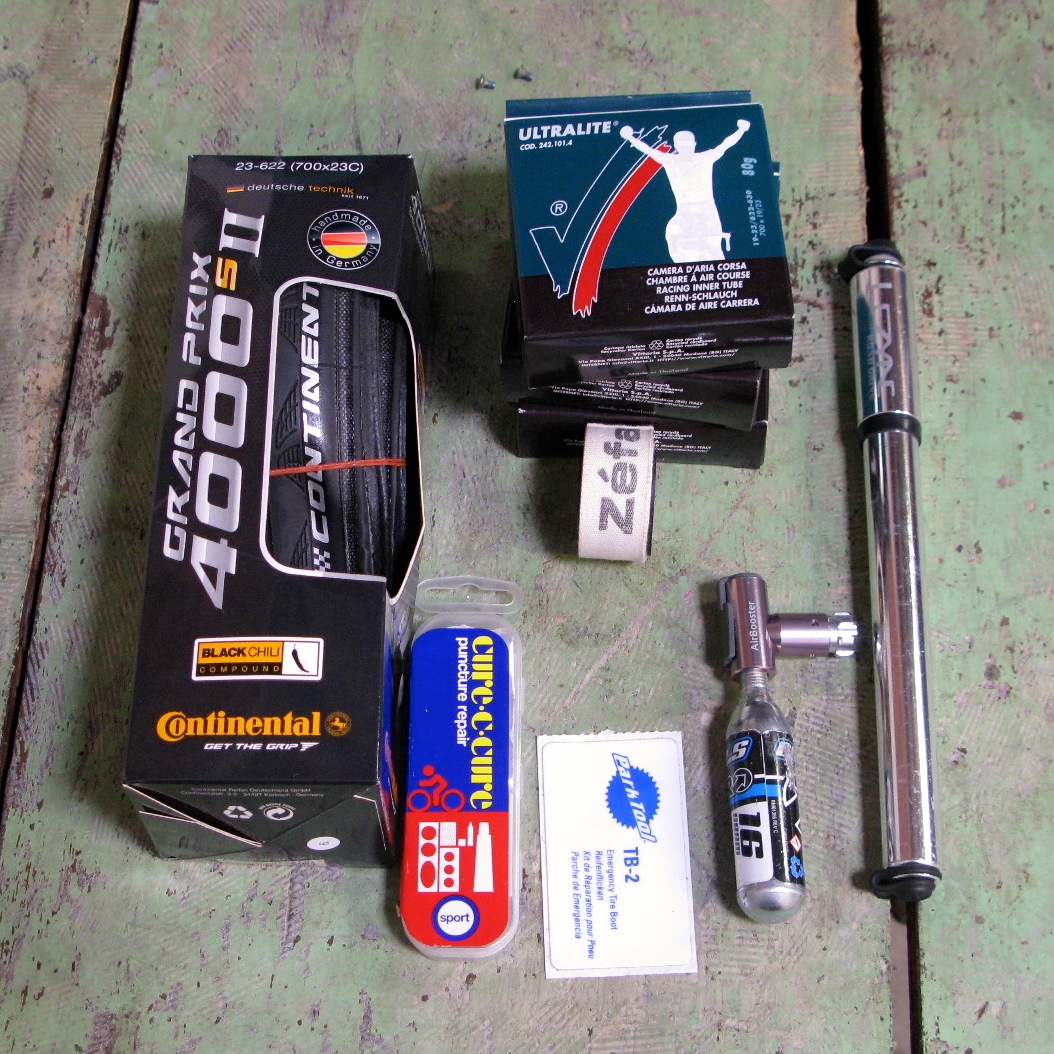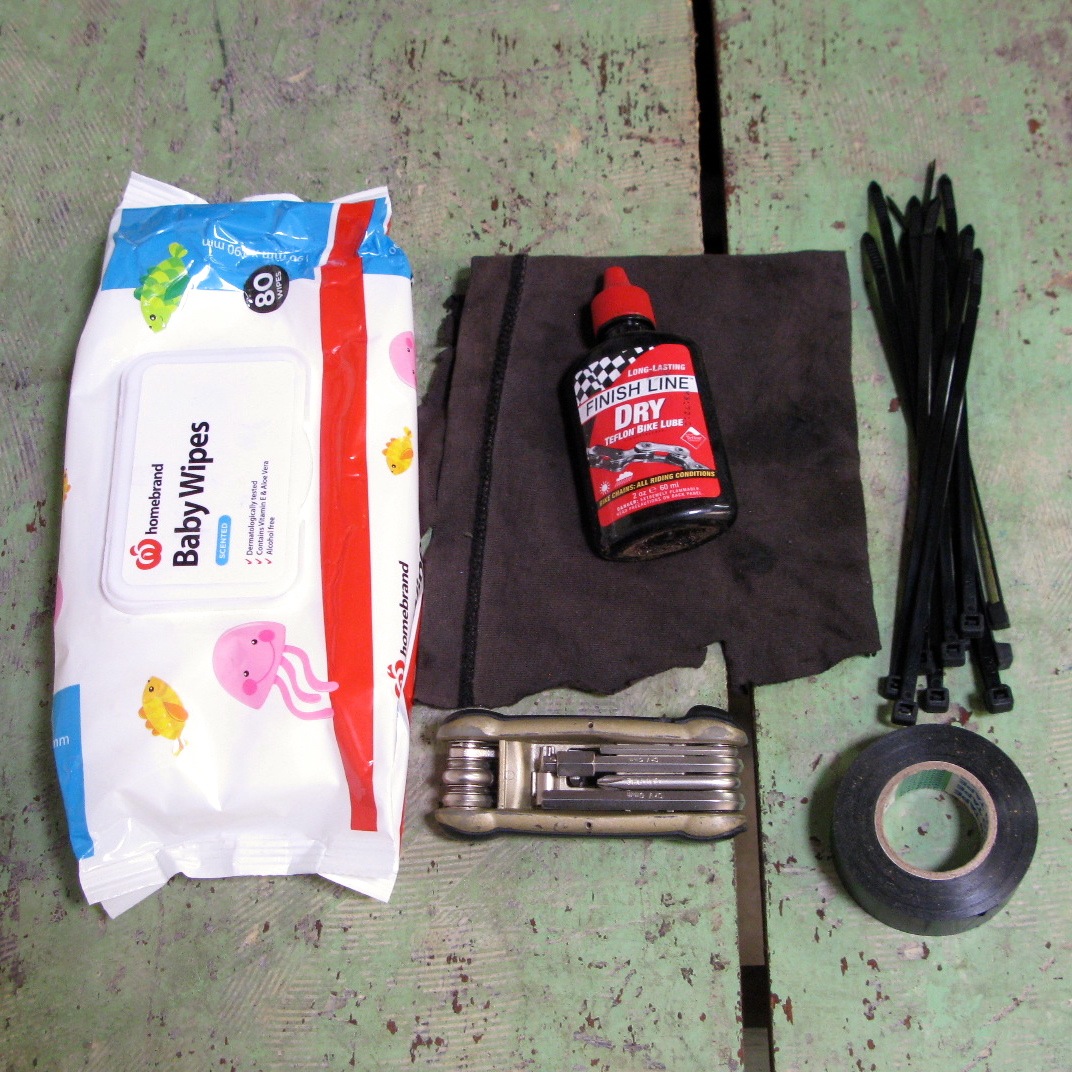January is a good time to be a cycling fan when you live in Australia. Every year thousands of cyclists plan their summer holidays around events like the Tour Down Under and Audax Alpine Classic. However, if a mechanical problem occurs whilst you’re on holiday, it can be a real pain in the butt trying to get it fixed quickly. Bike shops are typically over-run with thousands of other riders at the same event. In my experience, it’s best to be self-reliant and anticipate some of these problems that could potentially ruin your trip. Here is a list of some of the most common mechanical mishaps and how you can fix them without packing an entire workshop of tools.
Bent derailleur hanger
A common unforeseen mechanical mishap is a bent derailleur hanger that causes chaos to your gears. The easiest way to fix this problem is to carry a spare hanger that is designed to fit your bike. Most bikes have unique hangers so don’t expect to be able to find a replacement in a hurry! The other option is to straighten your existing hanger back into alignment.
While derailleur hanger alignment tool is the correct tool for the job, not everyone wants to carry this bulky and expensive tool on holidays. By using a Y wrench with a straight end 5mm hex key, you can straighten your hanger with the derailuer on the bike. From behind the derailuer, look at the chain line from the cassette to the jockey wheels and try to make it as straight as possible. Remember alloy is a soft metal so be gentile! While this method is not 100% accurate, it may be good enough to keep you riding until you can get your hanger straightened correctly at a bike shop.
Broken gear cable
Gear cables are hidden and can snap at unpredictable times. By packing a spare gear cable and crimp, you can fix your gears at times when you can’t get to a bike shop. A basic set of cable cutters will help make this job easy so you can cut the gear cable to the correct length. To adjust your gears without a proper workstand, look for a tree that has a low branch to hang your bike by the nose of the saddle. This will allow you to turn the pedals and you adjust the cable tension at the same time. With any large gathering of cyclists, there is usually someone who’ll be able to help you complete this repair.
Snapped chain
Chains rarely snap but every so often they do. Modern 10 and 11 speed chains are not designed in a way that allows the rivets to be pushed out then back into the chain to rejoin them. A compatible quick link is a far better solution. You’ll still need a basic chain tool to cleanup the ends of the chain, then use a quick-link to rejoin it. With some quick links you’ll need to hold the rear brake on then crank the pedal to snap the link into place. You’ll have your bike back on the road in no time.
Broken spoke
Spokes break with fatigue over time, however with quality handmade wheels this is very uncommon. By carrying replacement spokes and a spoke key, you’ll be able to bring your wheels back into true even if they’re not perfect. Most wheels require three different spoke lengths to cover the whole wheelset. You may also need a chain whip and cassette tool to replace spokes on the rear wheel. Consider traveling with a set of wheels that use traditional J-bend spokes instead of straight pull or propriety spokes. Even if you are unable to do this repair yourself, the chances of getting your wheels fixed will greatly improve if you have J-bend spokes that are commonly stocked in bike shops.
Tube, tyre, and rim tape punctures etc.
It goes without saying that tyres and tubes are the most common mechanical problems. Most cyclists will carry many spare tubes and a patch kit but it’s also a good idea to pack an extra tyre and rim tape on holidays just in case. When the tyre is severely cut or has a blowout, there is little you can do to keep the puncture gods away. A tyre boot or $5 note tyre may offer temporary relief to get you home, however a spare tyre is what your really need. Most riders now carry CO2 canisters for on the ride puncture repairs, however over the course of a week, a canister is no substitute for a good pump.
Sundries
There are of course many other things that can go wrong with your bike when you’re travelling. A good multitool can fix most problems. A rag and chain lube are a good idea to keep your chain running smoothly. Baby wipes are great for cleaning your bike in a hurry. Zip-ties and electrical tape are handy things to have when things break and you need to make creative repairs. Finally, if you’re travelling with your bike in a box, you’ll want a proper pedal spanner and torque wrench to reassemble your bike.

